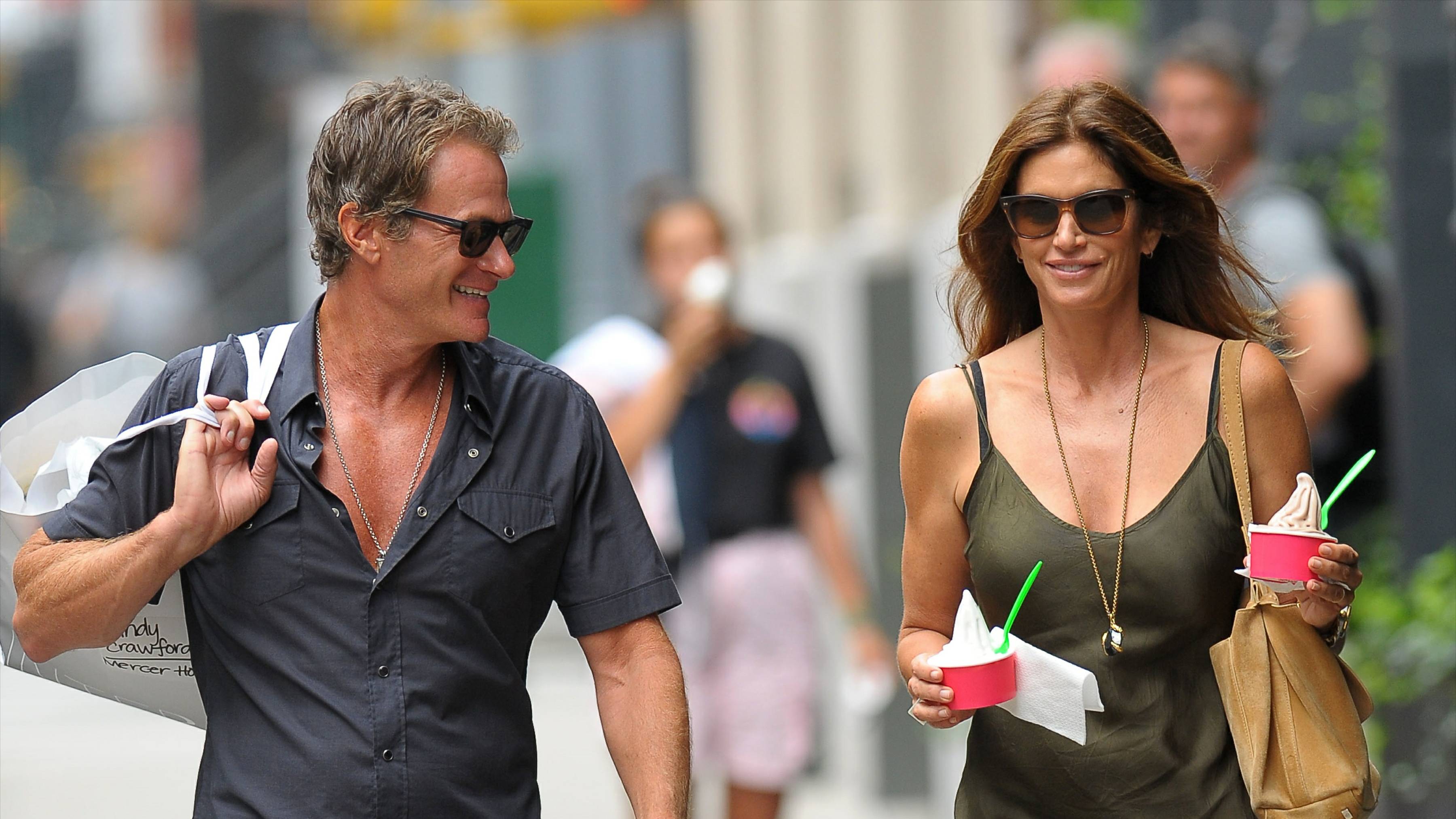
The working class is an amalgamation of people from different ethnicities and races. The New Unionism movement began to generalize labour values in the 1890s and was made a norm by the middle of 20th century. This article will address the racial diversity within the working class as well as the destruction of its culture.
The diversity in racial makeup of the working class
The American working class stereotype is often white, male, rural. Reality is quite different. According to data, more than half the working class is white and are unemployed. However, about a third have college degrees. Minorities, on other hand are more likely to find work in casual positions.
The US working-class is more diverse than ever. The working class is more Latino, black, and female than it was during the industrial era, and more women are entering the labor force. Women with children also gain in the labor market. Despite the increasing diversity of the working class culture, there are still some issues.

Many white working class individuals are reluctant to talk about race. Many of these people have prejudices and are bigoted.
The hegemonic Convention
The social system is in crisis when dominant ideas have lost their legitimacy. The power of the ruling class is vulnerable, and the coercive mechanisms are undermined. Popular hegemonies, however, are a counterforce to elite power and a vehicle for change.
Antonio Gramsci created the concept of cultural dominance. According to him, cultural hegemony comes from the dissemination of ideologies as well as social institutions. These ideologies, and other institutions, socialize the governed in conformity to their own ideas. These institutions also control the rest society.
Working class people resent being called poor. They avoid economic criteria and define themselves by their familial and communal bonds and caring roles. These attachments and caring relationships provide the basis for a positive life, which helps them to build self-worth.

The demise and destruction of the working class culture
The destruction of working class culture can be attributed to several reasons. It has been rendered obsolete by a bureaucratic and consumerist society. It's ineffective in combating boredom in an age of spectacles. It also competes against the omnipresent culture sector.
Mason also notes the fact that the working world was already in unstable circumstances long before Thatcher. Because radical sections of the working classes tried to escape the Fordist culture's shackles, this was why it was so unstable. The history Mason tells is indeed true, but a post-Thatcherite world has not been very useful for left-leaning thought. In other words, working people were already doing away with Fordist culture long before Thatcher came along.
New Labour was the opposite. It fetishized elitism. They wanted to create a technological society governed by PPE alumni and think tanks. It also wanted to create elite schools in the working-class and call centers that were accessible to all. It failed to recognise that it was necessary to develop a new culture of radical knowledge and self-belief in order to rebuild the political left.
FAQ
How did pop culture develop?
Technology was key to the rise of popular culture. It developed as people became more mobile. The invention of the radio made mass communication possible. This led to the rise of television which then gave birth to the internet.
Computers were first used at home by people who became familiar with computer games. These games were played on consoles like the Nintendo Wii and Sony Playstation 3. They are now becoming available for free online. Many people are choosing to play video games over watching TV.
Video games are very popular among teens and children. You can play alone or with other people via the internet. Call Of Duty and Grand Theft Auto games are very violent. These games can cause serious harm to children, so parents should be concerned about their children. Some people find it thrilling to see what happens when a character is killed.
Music videos are another way in which pop culture influences youth. They are a great way to learn about celebrity news and the latest trends. These celebrities are a favorite of young people. There's no doubt about it: music plays a big part in our lives!
Many artists use special effects in music videos to enhance their songs. To make their appearance more attractive, rappers may wear makeup or wigs. Others put themselves through extreme physical demands to show off their bodies. Many singers perform while wearing costumes.
You have so many choices in music today. You can listen to anything you want. This isn't always a good thing. Music can sometimes encourage violence. People get angry if they hear certain words or lyrics. Sometimes, they even do crimes.
This happened recently with rapper 50 Cent. One line in his song Get Rich Or Die Trying says: "I'm going after a motherfucker / But I don't know how, but I might." This song was thought to mean that he would murder someone. A man threatened him by calling him. 50 Cent updated the lyrics. It now only says: "I will shoot a bitch/ I don’t understand why but I just might."
Popular culture is essential. It is important to learn how it affects you. If we don’t know how it affects our lives, we won’t have the ability to protect ourselves from its negative consequences.
What examples of pop culture are there in 2021?
The world was changed forever on 11th September 2001, when two planes were hijacked by terrorists and crashed into the twin towers of the World Trade Center in New York City. This would be known as September 11, 2001.
The events of this day have impacted popular culture and continue to do so today. We can see how the event has influenced our lives in many ways.
This includes television shows such as 24 and movies such as United 93, which tells the story of what happened during the flight from Boston to Los Angeles on 9/11. This includes books such as The Forever War by Dexter Filkins.
Everybody can recall exactly where they were when the attack occurred. Some people got up and went outside, while others read the newspapers or watched TV.
Pop culture is constantly changing. It is an expression of society and a source of inspiration. How will popular culture change next year? We don't yet know. We know that it will be different from what it was before.
What are some examples of pop culture in today's world?
Pop Culture refers to the art form of 21st century. Pop Culture includes all forms of popular entertainment such as music, film, TV and video games, fashion, advertising and comics. Author Neil Postman coined the term in his book Amusing Ourselves To Death (1985). He defined "pop" as a style of mass communication that uses cheap tricks and formulaic devices to create an illusion of spontaneity and uniqueness.
He said that people don't experience true joy because they are conditioned to look for media experiences that make them feel better than others. He also argued that cultural expression has contributed to the decline in critical thinking skills among young adults.
Pop culture has also been referred to as popular culture or consumerism.
What is pop media culture?
Pop culture is all around us. It is everywhere: TV, radios, films, music, magazines and newspapers, websites, social media, etc. We are surrounded by it 24/7. Pop culture influences everything, from clothes to music and language to politics and religion. So what exactly is pop culture? Wikipedia states, "Popular Culture (or Popular Culture) is the mass production of ideas and products for mass consumption." Many people assume that the term covers television shows, movies music, fashion and other forms entertainment. Pop culture does not only include entertainment. The term covers everything consumed by the masses. It includes video games, sports and toys, fast food, political campaigns, and many more.
Are Tik Toks pop culture?
The answer is yes It's not limited to teenagers. You can make these short videos for anyone.
The app is used daily by more than 200 million people around the globe. This number continues to grow by millions every single day.
TikTok is a great way for brands to connect and create meaningful relationships with consumers.
TikTok also has many influencers that have built huge followings. These creators create original content to engage audiences all over the globe.
So, what are you waiting? If you want to take advantage of this trend, here are four ways to do it.
-
Make Viral Content
-
Engage Influencers
-
Use Visuals Effectively
-
Creativity with Your Audience
Why is pop music so beloved?
Pop music is loved because it is enjoyable! Pop music is uplifting and can give you a great feeling of freedom. Pop music allows people to be free from any limitations and think about only themselves. They don't have to worry about what other people think. Pop music is very popular because it doesn't have to worry about what other people think. People enjoy listening to music that makes them feel good. When you feel low, turn on the radio for some upbeat tunes. You might even find yourself singing along. Pop music has been so popular over the years because of this.
What can pop music teach us?
Today's society values material possessions over all else. This is especially true for younger people. They spend hours every day looking at screens. They are addicted to video games, movies, and surfing the web. All of this distracts them from focusing on school work. This causes them to fail classes.
Everyone wants to fit in. That means being popular. Popularity depends on money, clothes, and other possessions. This causes some people to do things they don't like.
We have become dependent on technology. We have all the information we need thanks to technology. Not everything is accurate. False rumors are all over the Internet. These rumors are quickly spread by people sharing them on social media. It's easy for people to post things without checking if they are true.
People have lost the ability of thinking critically. They believe what they see online. They believe everything they read in magazines and on television. They stop thinking for them selves. Instead, they follow the crowd.
We lose control when we rely on other people to tell us what's up. Pop culture teaches that we should depend on other people. It also makes us lazy. It's true that there is truth out there but we don’t always find it.
Statistics
- According to Dictionary.com, popular culture, or low culture as it is sometimes referred to is comprised of the “cultural activities or commercial products reflecting, suited to, or aimed at the tastes of the general masses of people” (7/21/19). (socialsci.libretexts.org)
- Recently, the market share across Western Europe has ranged from 60-75% (Hopewell, 2013). (socialsci.libretexts.org)
- For example, the term hater meaning someone who strongly undermines or criticizes others, often due to pathetic jealousy, likely emerged from hip hop culture, such as the term playa hateras, used by influential rapper Biggie Smalls as early as 1995. (simplicable.com)
- Yet a Nielsen study shows they account for 42% of the country's most-watched content on streaming services. courtesy Nielsen (npr.org)
- [17][18][19]Definition[edit]According to author John Storey, there are various definitions of popular culture. (en.wikipedia.org)
External Links
How To
What is pop culture in films?
Popular Movies Culture is a collection of all things entertainment including books and magazines, newspapers, television programmes, websites, blogs social media, apps, games and more.
There are many types of movies: drama, horrors, comedy, action/adventure and fantasy. Science fiction, romance, thrillers, war, documentary, animated, and westerns.
Movie plots generally follow a pattern of predictable events that conclude with a satisfying resolution.
A movie's success will depend on how well it follows this formula.
Some of the most common plot points are:
-
A protagonist who must overcome obstacles to achieve his/her goal;
-
The antagonist is the one who opposes protagonist;
-
A moral dilemma that demands the protagonist to make an informed decision.
-
A twist ending that changes everything.
If you don't think your story fits into any of these categories, it may be necessary to revise your outline or concept before you begin writing.
The following questions will be of particular importance:
-
How do I establish my setting?
-
What is my protagonist looking for?
-
Why should readers care what my story is about?
-
Where is my story going?
-
Who is my main person?
-
Will there be conflict?
-
What is its climax?
-
What is your resolution?
-
Is the end happy or sad?
-
Do I want to introduce characters?
-
Is my story set in multiple settings?
-
Is there a subplot?
-
Are there any major themes?
-
Can I tell a complete story within just one chapter?
-
Are I effectively using dialogue?
-
Does my language sound clear and simple?
-
What is the context for my vocabulary?
-
Have I used active voice instead of passive voice?
-
Are there any spelling mistakes?
-
Is my grammar correct?
-
Are there too many adverbs?
-
Are there any other things I could do?
-
When I'm done editing, what is my first impression?
It's not enough to write a good novel, it is also your job to get it published.